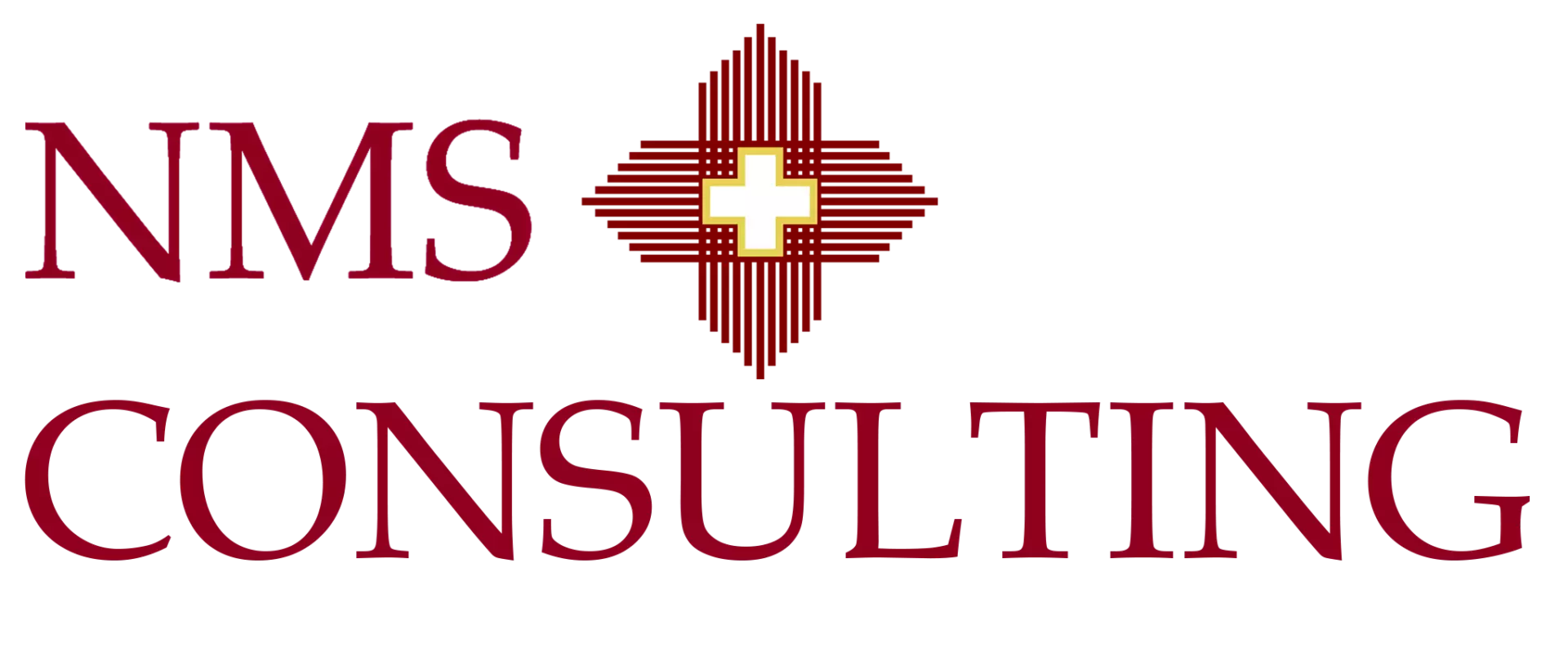Risk Assessment Services for Executives: Clarity, Priorities and Action

Boards and executives are asked to make calls on growth, investment and change in an environment that feels less predictable than in the past. Risk assessment services provide a structured way to see exposure clearly, choose priorities and act before problems turn into losses, investigations or brand damage.
Core ideas in this article
- Risk assessments are decision tools, not just compliance exercises. They should support real choices on capital, change and controls.
- External support is most helpful when organizations face new rules, new markets, major programs or recent incidents.
- The best assessments end with a short list of specific actions, owners and dates, not only a long catalog of threats.
Why risk assessment services matter now
Many organizations already have registers, checklists and control documents. Yet surprises still occur. Losses, outages, regulatory findings or security events show that certain exposures were underplayed, misunderstood or not acted upon.
Well run risk assessment services address three recurring problems:
- Information sits in silos and senior leaders do not see the full picture until something goes wrong.
- Risk lists grow over time while resources stay flat, so teams struggle to focus on what really matters.
- Past assessments have produced documents, but not the changes in process, behavior or technology that would reduce exposure.
External consultants can help by bringing structure, tested methods and an outside view. They work with internal teams to translate strategy, operations and rules into a clear view of threats and choices. NMS Consulting combines this work with broader
risk management consulting services
and
strategic management consulting services
so that risk is considered as part of performance, not as a separate subject.
Planning a major program, expansion or restructuring and want to test whether your current view of risk is strong enough to support it?
Different types of risk assessments
Risk assessment services are not one size fits all. The focus and methods vary depending on the questions executives want to answer. The list below outlines common types and how they are used.
Enterprise risk assessment
An enterprise risk assessment looks across the whole organization. It brings together views from strategy, finance, operations, technology and compliance. The aim is to identify key threats to the business plan and to assign owners who will manage them. This work often informs board discussions and annual planning.
Operational and process risk assessment
Here the focus is on specific processes or units. Consultants and internal teams examine how work is actually done, where errors or delays occur and how controls function. This approach is common in supply chain, manufacturing, customer service and back office functions.
Regulatory and compliance risk assessment
In regulated sectors, companies often run targeted assessments on rules such as anti money laundering, privacy or safety. These reviews help satisfy regulators that the company understands its obligations and has aligned controls. They connect closely with NMS work in
regulatory compliance consulting.
Technology and cyber risk assessment
Technology and cyber assessments review exposure related to systems, data, access and third parties. They often draw on structures such as the
NIST Cybersecurity Framework
and are used to shape investments in both technology and training.
Project and change risk assessment
Large change programs, such as mergers, digital transformations or restructurings, carry specific risks. Targeted assessments support sponsors by highlighting where timelines, resources or acceptance may be at risk. They are usually paired with
change management consulting services
so that findings lead to real adjustments.
How a risk assessment engagement runs
The details differ by industry and topic, but many risk assessment services follow a similar rhythm. The outline below describes a practical pattern for a multi week engagement.
| Phase | Main focus | Typical outputs |
|---|---|---|
| Scoping | Agree which goals, units and time horizons to cover | Scope note, stakeholder list, planning timeline |
| Fact gathering | Understand current operations, incidents and controls | Data packs, process views, incident and audit summaries |
| Risk identification | Generate a long list of possible threats | Risk register draft, grouped by category and source |
| Analysis and rating | Estimate likelihood and impact based on evidence | Rated risk list, visual heat map, key themes |
| Response design | Choose responses and assign owners | Action plan, control changes, monitoring ideas |
Throughout the work, consultants facilitate workshops and interviews, but decisions stay with management. This ensures that the final view reflects both external knowledge and internal experience.
From risk matrix to action plan
Many leaders are familiar with colorful risk matrices but less convinced about what they change. Turning assessment results into practical actions is where risk assessment services earn their place.
A simple structure can help:
- Select a small set of top risks that require near term attention, usually no more than ten.
- For each, agree on the target level of risk and what would need to change to reach it.
- Translate those changes into specific actions, such as revising a process, adding a control, changing a product feature or investing in training or technology.
- Assign owners, dates and measures so progress can be tracked in routine management meetings.
In practice, this often links to broader NMS work on transformation, digital and supply chain. For example, a risk related to single sourcing can feed into
OEM supply chain consulting,
while a risk related to outages may connect to technology and process improvement efforts.
Would a structured risk assessment and action plan help you prioritize investments and explain choices to your board or owners?
How to select a risk assessment partner
Not every situation needs external support. Where it does, the choice of partner matters. The questions below can help management teams decide whom to work with.
- Do they have recent experience with risks similar to yours, in your sector and size range.
- Can they explain their methods clearly in plain language that your teams can follow.
- How will they work with internal audit, risk and compliance teams so that efforts reinforce one another.
- What examples can they share of assessments that led to concrete changes and better outcomes, not only documentation.
- How do they plan to transfer methods so that your own teams can repeat parts of the work in future cycles.
These questions sit alongside general selection points discussed in NMS material such as the
management consulting solutions guide 2025.
Frequently asked questions
What are risk assessment services?
Risk assessment services help organizations identify, analyze and prioritize threats to their goals. They cover areas such as strategy, operations, finance, compliance and cyber, and translate findings into practical treatments and monitoring plans.
When should a company use external risk assessment support?
External risk assessment support is most useful before major decisions, during rapid growth, after incidents or findings, or when operating across several regions and regulators. Consultants bring structure, benchmarking and independence that complement internal knowledge.
How do you measure the value of risk assessment services?
Value is measured by avoided losses, fewer surprises, reduced incidents and clearer decision making. Practical indicators include the number and severity of issues, audit and regulatory results, insurance terms and management confidence in risk based decisions.



